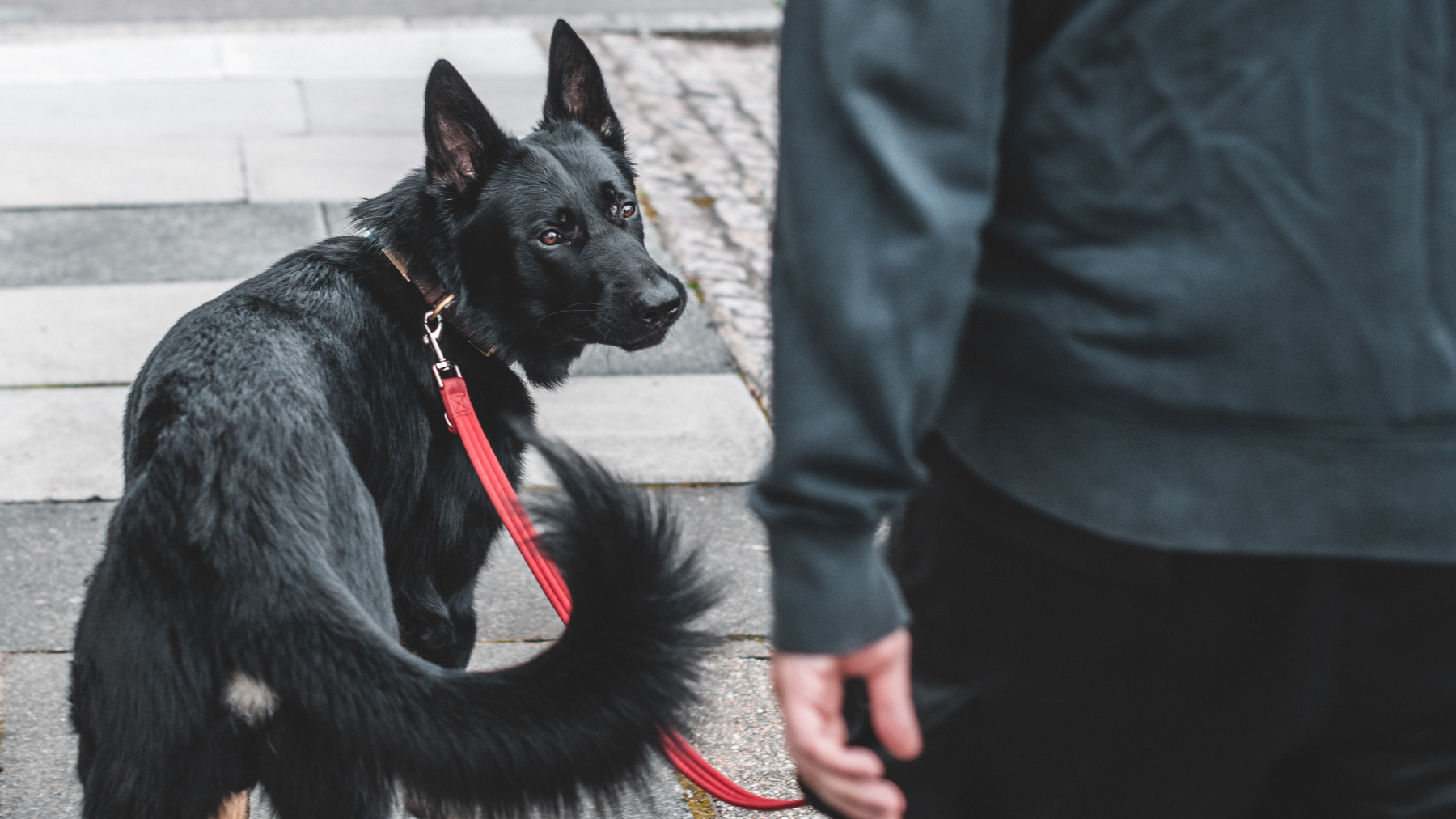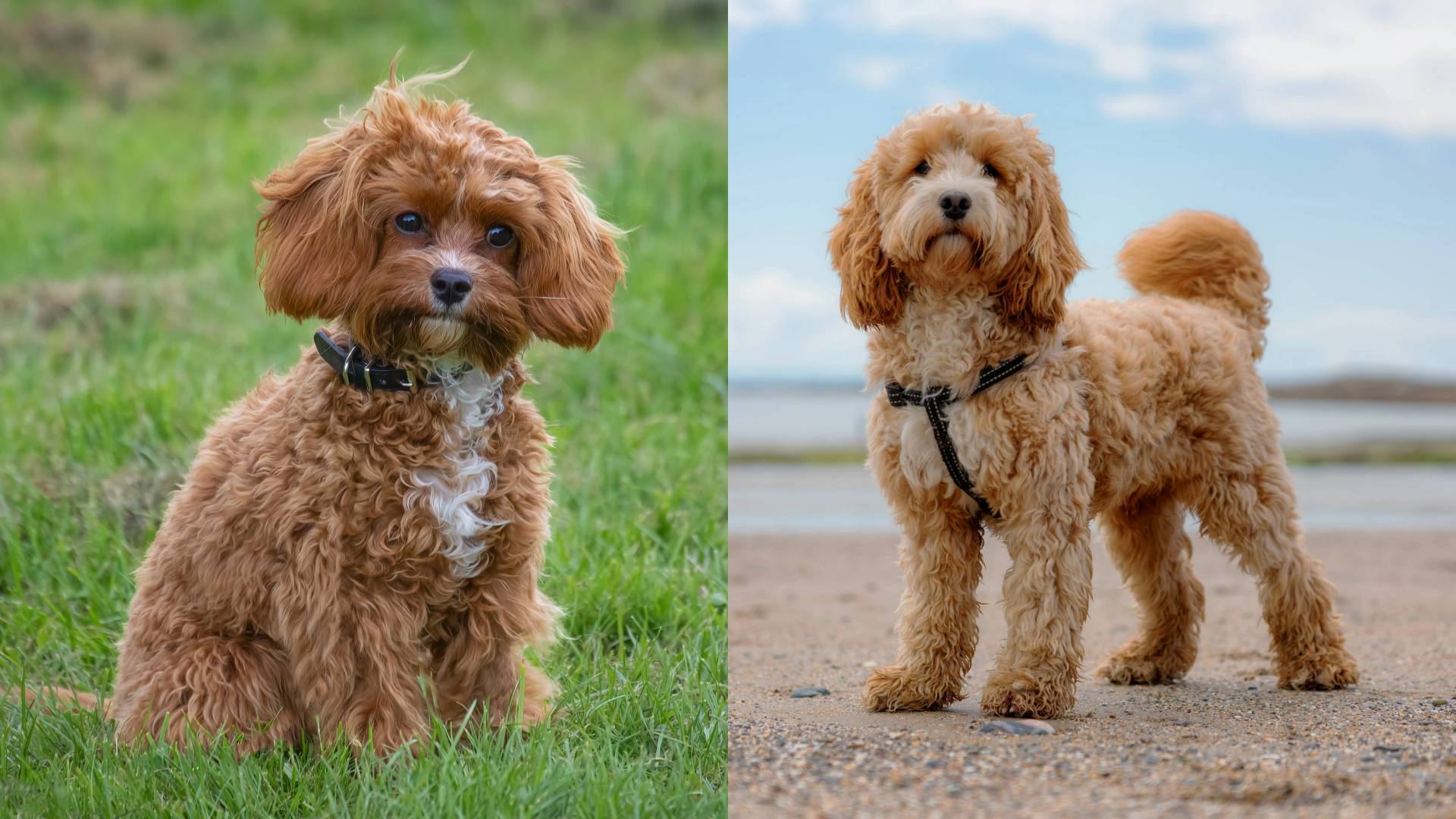Want to enjoy walks with your nervous dog more? Trainer shares how to turn scares into positive associations
Embrace rewarding non-reactive behavior and watch your furry friend grow in confidence

Walking a nervous dog can be a challenge, especially when faced with intimidating distractions along the way. A pup is suddenly stripped of its home comforts like its favorite puppy toys as well as peace and quiet from unfamiliar noises like loud traffic or the barks of other dogs.
But fear not, as certified dog trainer Melissa Goodman from Mission Pawsitive Dog Training has some invaluable advice on how to transform those scary encounters into positive experiences for your furry friend. By creating positive associations, Goodman ensures that her canine companions can conquer their fears and enjoy walks to the fullest.
"When socializing a dog, it’s not just exposure to new things," Goodman explains. "It’s about making sure your dog is getting positive exposure and positive experiences with all that is out in the world. Trash trucks are one of the scarier things your dog can encounter. They are big, loud, and lift other massive objects that also make noise."
Over on the Mission Pawsitive Instagram, she demonstrates how she turns intimidating distractions like a trash truck into a positive association with a young pup. As a certified dog trainer accredited by the Certification Council for Professional Dog Trainers, Goodman's approach to transforming scary encounters into positive associations is rooted in expertise and experience.
A post shared by Melissa Goodman | Dog Trainer (@missionpawsitive)
A photo posted by on
As a trash truck approaches, the puppy displays signs of anxiety, such as tongue clicks and momentarily stopping taking treats. To ease the puppy's discomfort, Goodman strategically tosses some of the best dog treats on the ground in the opposite direction, making the food more enticing and keeping the dog engaged in a positive manner. Gradually, as the truck moves further away, the puppy is able to observe it for longer periods without backing away, earning more rewards along the way.
For Goodman, every outing is a learning opportunity. She emphasizes the importance of pairing new, potentially frightening or overly exciting experiences with positive reinforcement. By rewarding the dog for watching and creating a positive association, she helps them navigate challenging situations. To make treats even more exciting, she often opts to toss them on the ground rather than handing them directly to the dog.
Goodman advises dog owners to remain attentive during walks and embrace any non-reactive behavior their dogs exhibit. "Remember that nothing in our world is natural to a dog, so always be ready to train, and if your dog doesn't have a reaction to something… reward it! Do not take that stuff for granted!" she advises. If reactivity is something your dog struggles with then take a read of our how to calm a reactive dog guide, which is packed with actionable advice.
PetsRadar Newsletter
Get the best advice, tips and top tech for your beloved Pets
So, the next time you venture out for a walk with your nervous dog, take a page from Goodman's book. Turn those intimidating distractions into opportunities for growth and positive reinforcement. With patience, consistency, and the right training techniques, you can transform your anxious pup into a more confident and contented walking companion.
You can read more on anxiety in dogs here with PetsRadar or perhaps you want to find out the answer to when is it too hot to walk your dog? Our experts have the answers.

With over a year of writing for PetsRadar, Jessica is a seasoned pet writer. She joined the team after writing for the sister site, Fit&Well for a year. Growing up with a lively rescue lurcher kindled her love for animal behavior and care. Jessica holds a journalism degree from Cardiff University and has authored articles for renowned publications, including LiveScience, Runner's World, The Evening Express, and Tom's Guide. Throughout her career in journalism she has forged connections with experts in the field, like behaviorists, trainers, and vets. Through her writing, Jessica aims to empower pet owners with accurate information to enhance their furry companions' lives.
